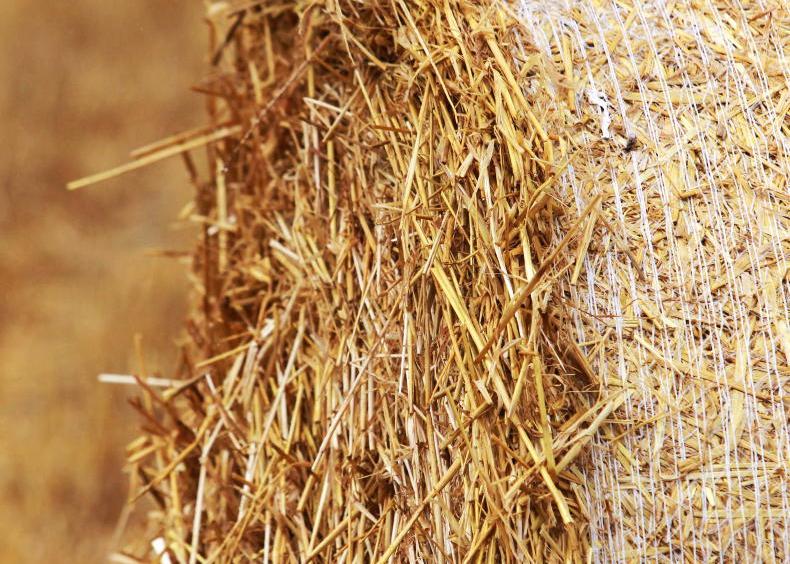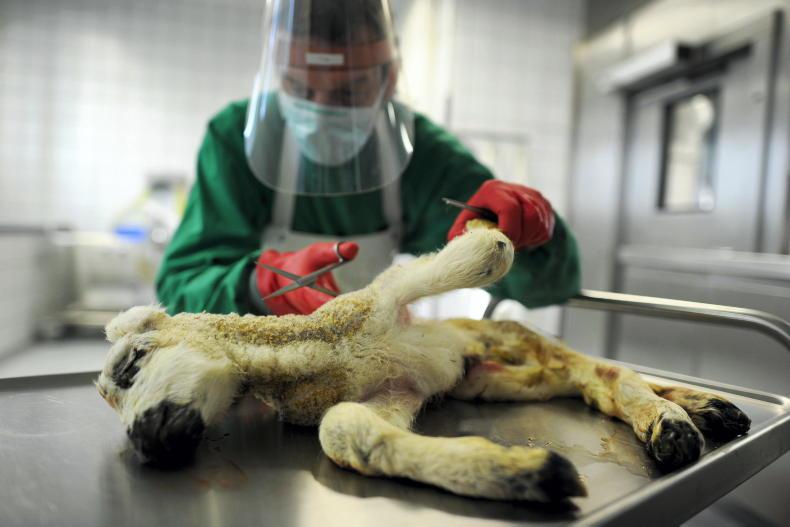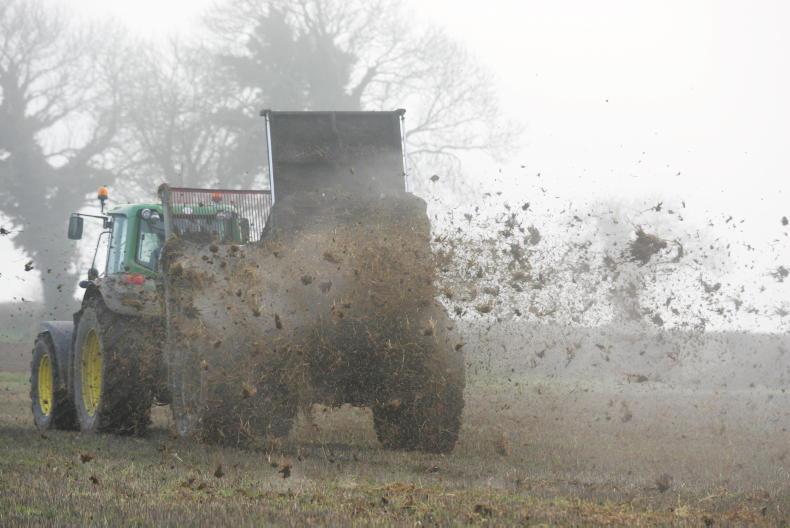Hypothermia in lambs
The weather forecast has been unpredictable but all models show the worst of the weather hitting on Thursday and the potential for subsequent lower temperatures. It poses a significant risk of chill or hypothermia in young lambs. The greatest risk is to newborn lambs or those under nutritional stress, but lambs caught without shelter and subject to the elements can also quickly succumb.
The degree of hypothermia varies greatly. Mild hypothermia occurs where a lamb’s temperature is between 37-39°C and is often seen where lambs are born into a cold environment or consume insufficient colostrum to generate heat. The issue can usually be resolved by warming the lamb and ensuring colostrum / milk is available in sufficient quantities.
A much more serious situation is where the temperature drops below 37°C. Here, treatment options depend on age and the degree of hypothermia. Where newborn lambs are still alert and exhibit normal suckling behaviour then the options described above for mild hypothermia should suffice.
Where lambs are too weak to suckle, regardless of age, feeding should be delayed. The favoured solution here is getting a rapid source of energy in to the lamb to enhance warmth and vigour. This is usually best achieved by administering a glucose injection into the lamb’s abdominal cavity (stomach).
Veterinary advice is to administer 10ml of a 20% glucose injection per kg bodyweight (50ml for a 5kg lamb). Before administering, the solution should be warmed to body temperature.
If diluting, then add recently boiled water which has cooled or sterile water. The site to administer is one inch down and one inch to the right side of a lamb’s navel.
Insert the needle downwards at a 45 degree angle to ensure the solution is injected into the abdominal cavity and not the gut of the lamb. A lamb can then be warmed and it will typically respond relatively quickly to feeding thereafter.
It is important to keep abreast of the forecast wind direction, as this may mean ewes with young lambs outdoors may need a change of area to provide better shelter or require temporary shelter to be set up along open sheds. A line of bales set up strategically can often help to curtail drafts at ground level, while adequate nutrition is vital in helping to reduce issues.
Transport suitability
Factory procurement agents wish to highlight rules regarding the safe transport of animals for slaughter. Where animals are deemed unfit for transport then they are also deemed unsuitable for slaughter. Animals must be able to walk unassisted and remain standing during transport. Animals should never be presented for slaughter with an open wound, profuse bleeding or where there is a risk that prolapsed organs can be easily damaged during transport. It is also prohibited to present pregnant females for slaughter that are 90% or more through their expected gestation.
Replacement hoggets
The recent lift in hogget price should provide an incentive for farmers running a dry hogget system to review the quality of hoggets on hand. It is possible that low levels of optimism in sheep farming will limit demand in breeding sales.
The experience of recent years has shown that demand for poor-quality hoggets has been reduced, with a surplus of replacements in the market. As such, farmers need to weigh up if it is better to move hoggets this spring.










SHARING OPTIONS